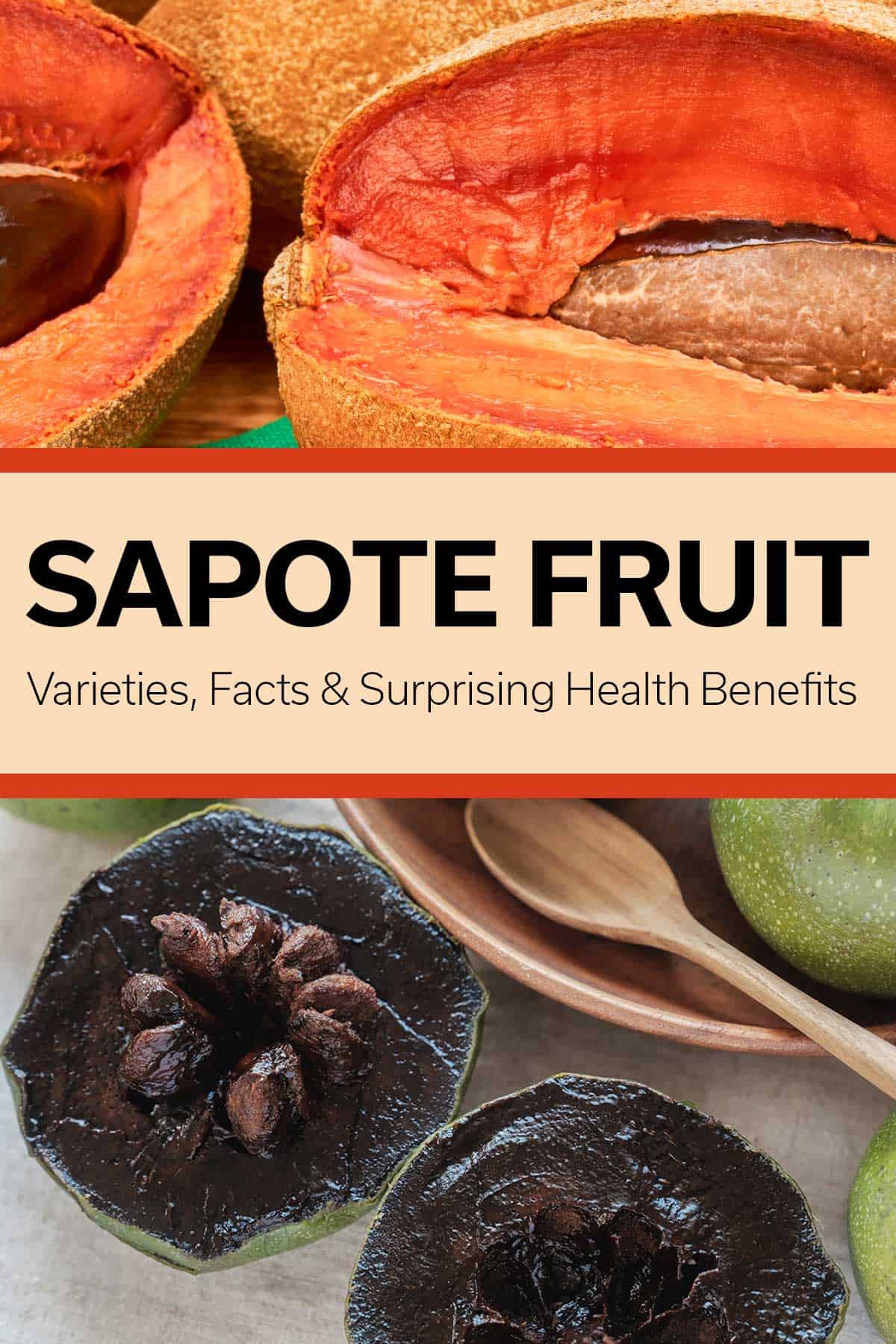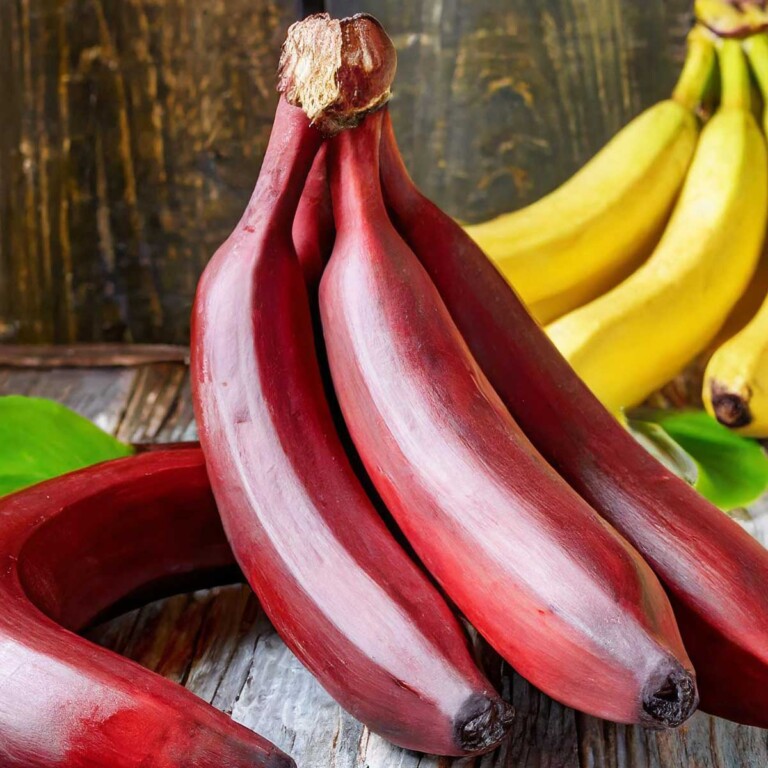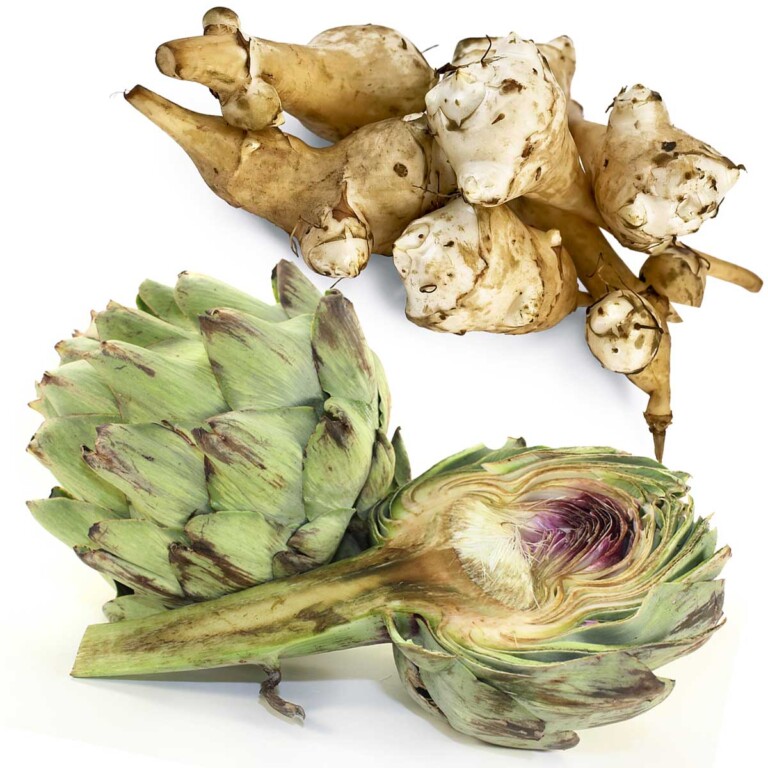Sapote Fruit: Varieties, Facts & Surprising Health Benefits
This post may contain affiliate links. If you make purchase after clicking a link, I may receive a commission at no extra cost to you.
Last Updated on April 16, 2024
Perhaps you’re not familiar with sapote, but get ready to learn all about it. You too will most likely be on the lookout for it the next time you hit a farmer’s market! Hint: one variety of sapote has been compared to chocolate pudding; need I say more?

Sapote
One of the things I love about being a holistic nutrition coach is learning about obscure fruits and vegetables that are not commonly found in grocery stores near me.
Sapote is one such fruit! Have you ever tasted sapote? If not, you’re in for a treat.
Keep reading to learn about sapote and how it can even help elevate your mood and prevent anxiety and depression!
What is Sapote?
Sapote is a term used in Central America and Southern Mexico to describe a group of soft, edible fruits.
The word ‘sapote’ comes from the Nahuatl word ‘tzapotl’, which was used to refer to all soft, sweet fruit. This tropical fruit is native to Eastern Mexico, Central America, and into Colombia.
It’s grown on large trees, with mature trees reaching up to 60 feet tall. The sapote varieties are commonly known by different names, such as mamey sapote, black sapote (also known as the chocolate pudding fruit), white sapote, and green sapote.

What Does Sapote Taste Like?
The flavor profile of sapote largely depends on its variety:
- Mamey Sapote: The mamey fruit has a unique, sweet flavor that is often compared to a combination of pumpkin, sweet potato, and maraschino cherries. It has a smooth and creamy texture.
- Black Sapote: Also known as the ‘chocolate pudding fruit’, black sapote tastes surprisingly like chocolate pudding and is often used as a healthier alternative in desserts.
- White Sapote: White sapote tastes mildly sweet and has a custard-like texture. The flavor is often likened to a blend of banana, peach, and vanilla.
- Green Sapote: Green sapote is closely related to mamey sapote. Its flavor is rich and sweet, similar to a nutty pumpkin or sweet potato with some hints of pear mixed with brown sugar. It also shares the mamey’s smooth and creamy texture.
- Yellow Sapote: This variety of sapote has a unique taste that’s often compared to a sweet mix of pumpkin, honey, and vanilla. It possesses a custard-like texture, which is why it’s sometimes referred to as the egg fruit. Its sweetness can be quite intense, almost like a baked sweet potato with notes of caramel.
Sapote Varieties
There are several varieties of sapotes grown around the world. Here’s what you need to know about the different types of sapote:
Mamey Sapote
Mamey sapote, scientifically known as Pouteria sapota, is a tropical fruit native to Central America and Southern Mexico.
Mamey sapote trees thrive in sandy soil, making it common in areas like South Florida. The fruit has a unique flavor profile, with its sweet potato-like taste and a hint of pumpkin pie.
Its deep orange, creamy flesh is encased in a dark brown skin and contains large seeds. When ripe, the mamey sapote fruit can be eaten fresh or used to make ice cream.

Black Sapote
Black Sapote or Diospyros nigra, also known as the chocolate pudding fruit or black persimmon, is a fruit lover’s delight.
Native to Eastern Mexico and Central America, it’s now also grown in Puerto Rico, Costa Rica, and Miami-Dade County. The ripe fruit has a custard-like texture that tastes like chocolate pudding, hence one of its common names.
Black sapote trees produce a lot of fruits during the winter months and these can be stored at room temperature until they’re ready to be consumed.

White Sapote
White sapote (Casimiroa edulis), native to Central Mexico, is another tropical fruit that has found its way into Southern California and New Zealand.
White sapote trees produce fruit that has a delicate flavor often compared to vanilla custard or banana combined with peach. The skin is thin and turns from green to yellow when ripe. It’s commonly eaten fresh but can also be used in desserts.

Green Sapote
Green sapote (Pouteria viridis) is related to the mamey sapote and shares some of its characteristics. However, it’s native to Costa Rica rather than Central America.
This tropical tree produces a fresh fruit that’s described as tasting similar to a combination of avocado and honeydew melon.
Yellow Sapote
The yellow sapote, also known as canistel or egg fruit, is a tropical fruit native to Central America. The scientific name for this variety is Pouteria campechiana. It is part of the Sapotaceae family, which also includes the mamey sapote and sapodilla.
Yellow sapote trees can reach heights of 25-30 feet and is evergreen, providing lush foliage throughout the year. It thrives best in warm climates with well-drained soil.
As its name suggests, it has a yellow-orange skin when ripe. The flesh inside is custard-like, with a sweet taste often compared to pumpkin or sweet potato.

Colors of Sapote
- Mamey Sapote: The skin color is brown while the flesh is bright orange.
- Black Sapote: It has green skin that turns dark brown to almost black when ripe, and its flesh is dark chocolate brown.
- White Sapote: The skin is green to yellow and the flesh is white or slightly yellowish.
- Green Sapote: The skin of this sapote is green, and it has vibrant orange flesh.
- Yellow Sapote: This fruit has yellow skin and the flesh is also yellow.
Other Names for Sapote
You may also hear sapote being referred to as: sapodilla, zapote, chico zapote, soapapple, casimiroa, Mexican apple, zapote prieto, matasán, pera mexicana, matasano, sapote blanco, among others.
Sapote Nutrition
- Vitamins: Sapote is rich in vitamin C, which is known for its immune-boosting properties. It also contains vitamin A, crucial for maintaining good vision and healthy skin.
- Minerals: This fruit is a good source of potassium, a mineral vital for maintaining healthy blood pressure levels and proper heart function. It also contains modest amounts of calcium, iron, and magnesium.
- Antioxidants: Sapote is loaded with antioxidants such as carotenoids and polyphenols. These compounds are known to protect the body against harmful free radicals, reducing the risk of chronic diseases.
- Fiber: Like most fruits, sapote is high in dietary fiber which aids in digestion and helps maintain a healthy weight by promoting feelings of fullness.
- Healthy Fats: Despite being a fruit, sapote contains a significant amount of healthy fats, particularly monounsaturated fats that help lower bad cholesterol levels.
- Protein: Sapote provides a small amount of protein, an essential nutrient needed for building and repairing tissues in our body.

Health Benefits of Sapote
Take a look at these impressive health benefits of sapote:
Boosts Immune System
The vitamin C content in sapote helps stimulate white blood cell production, which strengthens the body’s immune system.
Improves Eye Health
The vitamin A found in sapote promotes good eye health and could potentially reduce the risk of age-related macular degeneration.
Promotes Heart Health
Sapote is low in fat and contains heart-friendly nutrients like potassium which helps control blood pressure levels, reducing the risk of heart diseases.
Supports Weight Management
Due to its high fiber content, sapote can help maintain a healthy weight by providing a feeling of fullness and reducing overeating.
Enhances Skin Health
Vitamins A and C present in sapote can contribute to healthy skin by promoting collagen production and fighting against skin aging.
Anti-Inflammatory Benefits
Some compounds in sapote have anti-inflammatory properties that can help alleviate symptoms of conditions like arthritis or gout.
Promotes Good Mental Health
Sapote contains an ample amount of vitamin B6, which is known to produce neurotransmitters that might aid in enhancing mood and preventing depression. Additionally, the magnesium content can help reduce anxiety, contributing to better mental health.
Helps In Red Blood Cells Production
Copper, which is abundantly found in sapote, aids in producing red blood cells.
Boosts Energy Levels
Sapote is a good source of carbohydrates which provide energy, making it a great snack for quick energy boost.
Aids in Digestion
The dietary fiber in sapote helps maintain a healthy digestive system by aiding in regular bowel movements and preventing constipation.
Supports Healthy Hair
The essential nutrients in sapote, especially vitamin E, contribute to the health of hair by promoting hair growth and preventing hair loss.
Regulates Blood Pressure
The potassium in sapote acts as a vasodilator, relaxing the blood vessels and reducing the strain on the heart, thus regulating blood pressure levels.
Other Unique Fruits You Might Be Interested In:
- Snake Fruit
- Yellow Watermelon
- Quince Fruit
- Calamansi
- Yuzu Fruit
- Clementine vs Mandarin vs Tangerine
- White Apples
- Rambutan
- Red Bananas
- Pineberries
How to Choose Sapote
Look for sapotes that are slightly soft to the touch, similar to a ripe avocado. The skin should be free from blemishes and the fruit should have a fresh, sweet aroma.
How to Know When Sapote is Ripe
- Mamey Sapote: A ripe mamey sapote is typically light brown to reddish-brown and has a slight give when gently pressed. The skin should be smooth with no wrinkling. If you lightly scratch the surface, it should reveal a salmon-pink color underneath.
- Black Sapote: Black sapote is ripe when the bright green skin turns to a duller olive green or almost black color. The fruit becomes very soft to the touch, similar to a ripe avocado. Be careful not to confuse this with rotting; there should be no unpleasant smell.
- White Sapote: White sapote is ripe when the green skin turns a pale yellow color. It will feel slightly soft to the touch, but not mushy. If you cut into it, the flesh should be creamy white and not have any green tinges.
- Green Sapote: A ripe green sapote has an orange-yellow skin color and gives slightly when gently pressed. Similar to the mamey sapote, if you lightly scratch the surface, it should reveal an orange color underneath. The fruit should have a pleasant aroma.
Storing Sapote
Sapotes can be stored at room temperature until they’re ripe. Once ripe, they can be refrigerated to extend their shelf life. The ripe fruit can also be frozen for later use.
Ways to Use Sapote
Sapotes can be enjoyed in a variety of ways. They can be eaten fresh, used in salads, or incorporated into desserts like ice cream and pies.
Mamey sapote is popularly used in smoothies and milkshakes while black sapote is often used as a substitute for chocolate in cakes and puddings due to its similar taste and texture.
- Smoothie: Blend sapote pulp with your choice of plant-based milk and/or coconut yogurt and a touch of honey for a delicious and nutritious smoothie.
- Salad: Add chopped sapote to salads for a unique tropical flavor.
- Baked Sapote: Bake the sapote fruit in the oven until soft, then enjoy it as a warm dessert or snack.
- Sapote Jam: Cook sapote pulp with a natural sugar and pectin to make a sweet jam that can be spread on grain-free bread or used in baking.
- Sapote Sorbet: Puree sapote pulp and mix it with simple syrup, then freeze it to create a refreshing sorbet.
- Pancake Topping: Mash sapote and use it as a healthy topping for paleo pancakes or waffles.
- Ice Cream: Use sapote pulp as the main ingredient in homemade ice cream for a unique flavor.
- Grilled Sapote: Slice the sapote and grill it for a smoky, sweet side dish.
- Sapote Pie: Use sapote pulp as the filling for a sweet and tropical pie.
- Sapote Sauce: Puree sapote and cook it with spices to make a sauce that can be served over meat or vegetables.
Final Thoughts
Sapote is a fruit that comes in a few different varieties, offering amazing flavors and textures. Not only is this fruit delicious, it’s loaded with vitamins and minerals and has impressive health benefits, like the ability to help improve your mood! If you ever have the opportunity to try sapote, I hope you will jump at the chance.
Resources
- https://fdc.nal.usda.gov/fdc-app.html#/food-details/167760/nutrients
- https://www.growables.org/information/TropicalFruit/GreenSapote.htm
- https://www.growables.org/information/TropicalFruit/MameySapote.htm
- https://www.growables.org/information/TropicalFruit/SapoteWhite.htm
- https://www.growables.org/information/TropicalFruit/BlackSapote.htm








